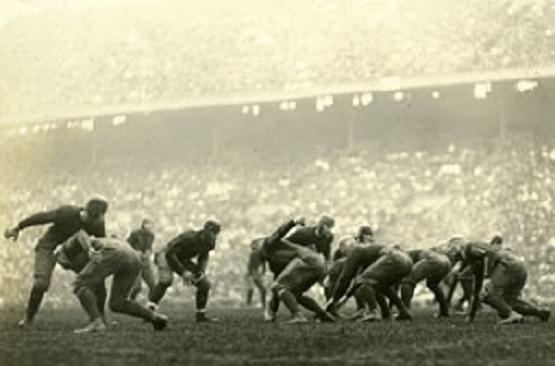
Pictured above is 1923's consensus national champion, 8-0 Illinois, lining up against 7-1 Chicago in the first game played at Illinois' Memorial Stadium. Despite a steady rain, 60,000 fans showed up to watch Illinois win their biggest game of the year 7-0, the legendary Red Grange scoring the touchdown.

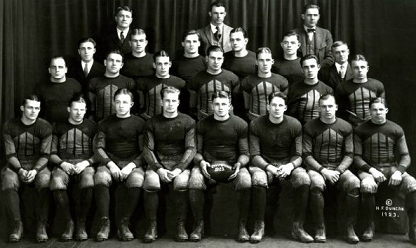
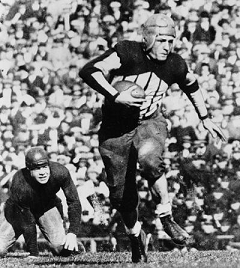
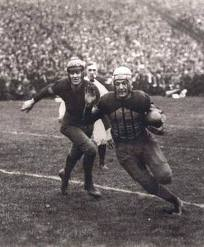 However, call me a grinch, but he wouldn't make
However, call me a grinch, but he wouldn't make 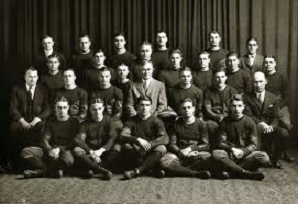
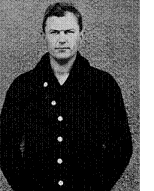
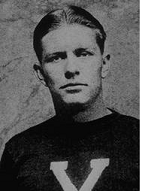
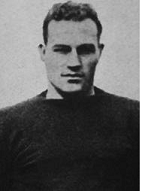

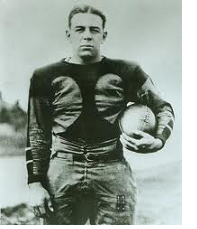 This was Cornell's 3rd straight 8-0 season, having been a strong contender for the 1921
This was Cornell's 3rd straight 8-0 season, having been a strong contender for the 1921